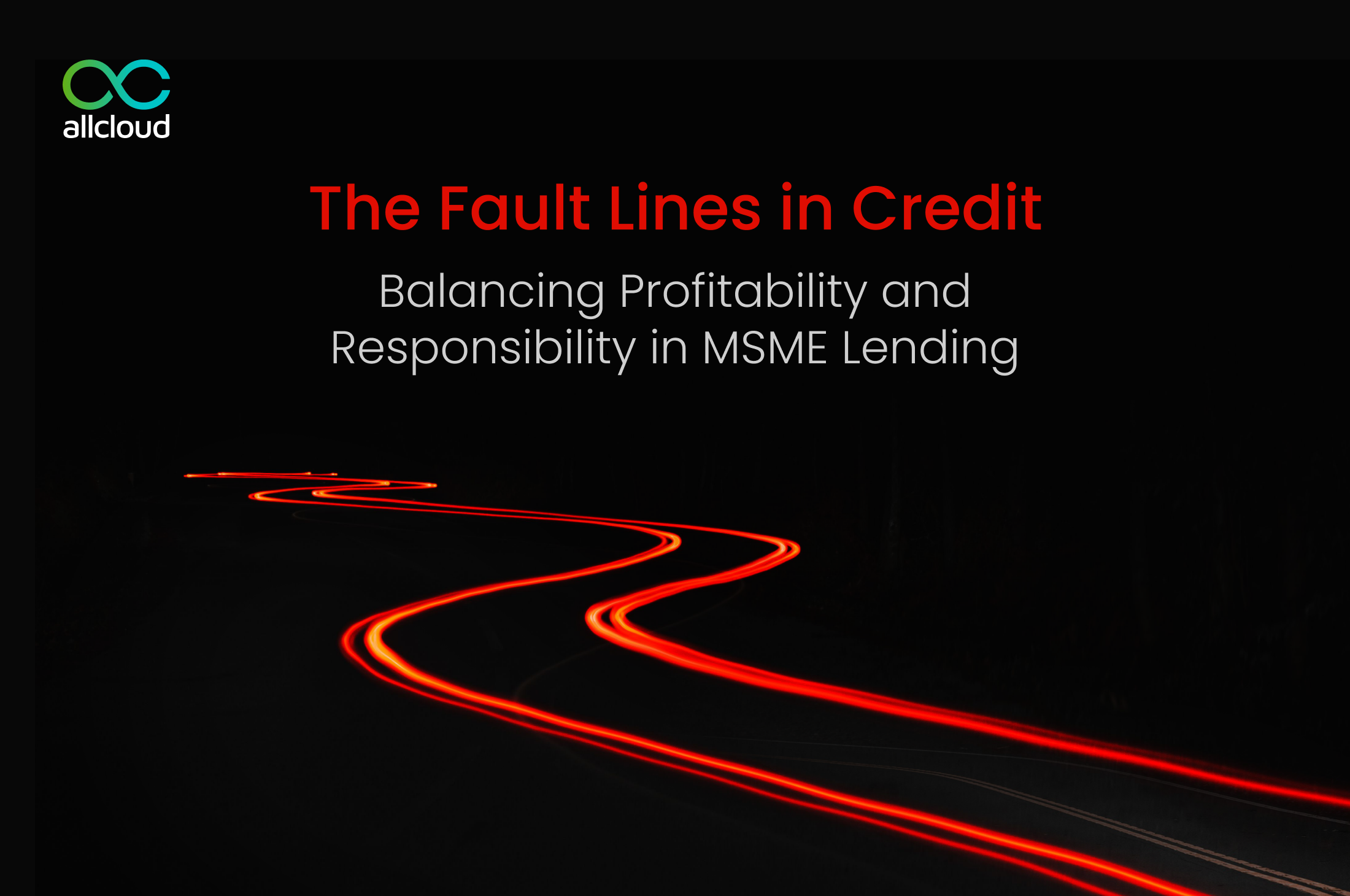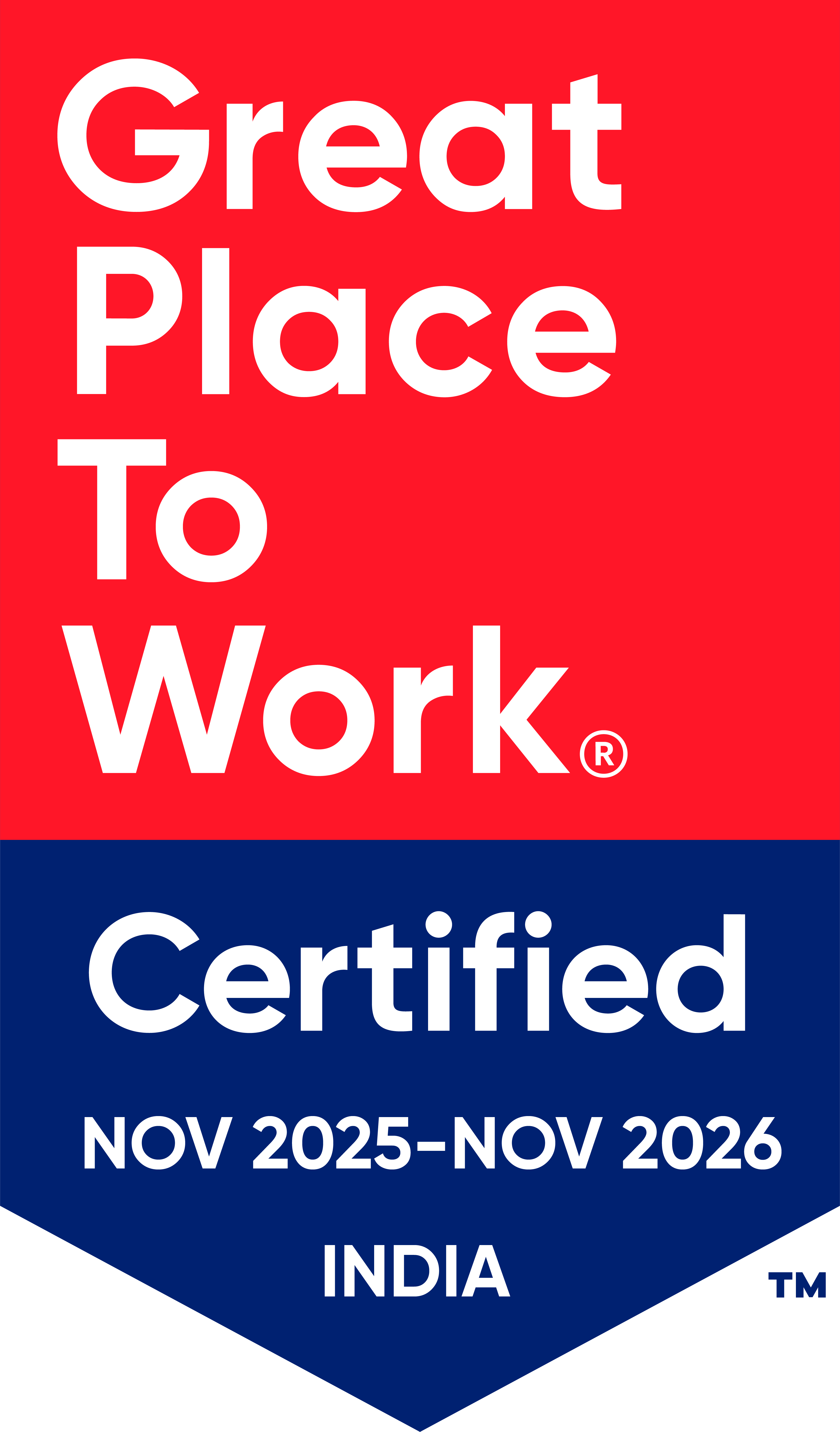Building Stability in Credit: Insights from Fault Lines
Get In Touch

Heading 1
Heading 2
Heading 3
Heading 4
Heading 5
Heading 6
Lorem ipsum dolor sit amet, consectetur adipiscing elit, sed do eiusmod tempor incididunt ut labore et dolore magna aliqua. Ut enim ad minim veniam, quis nostrud exercitation ullamco laboris nisi ut aliquip ex ea commodo consequat. Duis aute irure dolor in reprehenderit in voluptate velit esse cillum dolore eu fugiat nulla pariatur.
Block quote
Ordered list
- Item 1
- Item 2
- Item 3
Unordered list
- Item A
- Item B
- Item C
Bold text
Emphasis
Superscript
Subscript
When Raghuram Rajan published Fault Lines: How Hidden Fractures Still Threaten the World Economy, he offered a sobering reminder: financial crises are rarely sudden accidents. They build quietly, through deep structural inequalities, policy misalignments, and unchecked credit growth.
Rajan warned that when credit is pushed too aggressively without accountability, it doesn’t empower—it destabilizes.
Though written with a global lens, Rajan’s insights resonate powerfully in India’s lending ecosystem, especially in MSME finance. For millions of small businesses, credit is a lifeline. Yet this lifeline often balances precariously between empowerment and exploitation.
The lesson is clear: credit cannot be seen only as a growth lever—it must be managed as a tool of stability and inclusion. When lenders chase profitability without discipline, societies create fault lines that eventually lead to crises. When they ignore inclusion, economies stagnate. True resilience lies in balancing both.
Credit as a Bridge, Not a Fault Line
One of Rajan’s recurring themes is that inequality fuels demand for easy credit. In the U.S., subprime mortgages were the political answer to stagnant middle-class incomes, but they created the 2008 financial crisis. In India, the equivalent danger lies in high-cost, poorly structured loans extended to MSMEs under the guise of financial inclusion.
The challenge is not whether to lend, but how to lend responsibly. An MSME loan that ignores repayment capacity, seasonal cashflows, or regulatory headwinds does not create growth—it creates distress. Every misstep widens the trust gap between lenders and borrowers, turning credit from a bridge of progress into a fault line of instability.
Rajan reminds us: short-term fixes to deep structural problems eventually fail. For India’s MSMEs, that means lenders must go beyond loan disbursals. They must understand the rhythms of small businesses, the unpredictability of cash cycles, and the risks of over-leverage. Only then can credit function as a genuine bridge to growth.

Technology as a Stabilizer
Rajan does not dismiss credit growth; he argues that it must be sustainable. For modern lenders, technology is the stabilizer that can make this possible. Digital platforms today enable:
- Richer underwriting by integrating GST data, payments histories, and alternative digital footprints.
- Dynamic risk models that adapt to shifting macroeconomic realities rather than relying only on historical repayment records.
- Ethical collections that use respectful digital nudges and borrower segmentation instead of coercive, one-size-fits-all tactics.
When technology is deployed not just for automation but as a guardrail against reckless expansion, inclusion shifts from being a slogan to becoming a sustainable business model.

The Indian MSME Lens
India’s MSMEs contribute nearly 30% of GDP and employ more than 110 million people, yet they face a credit gap of nearly ₹25lakh crore (IFC, 2023). Many lenders see this gap as an untapped market, but Rajan’s insights caution us: without responsible lending, this gap cannot be closed it can only deepen.
For instance, offering MSMEs working capital loans without integrating repayment visibility creates cycles of over-indebtedness. Similarly, extending digital credit without embedded compliance exposes lenders to both reputational and regulatory risks.
This is where digital ecosystems—credit integrated with invoicing, payments, inventory, and compliance workflows—can reframe the MSME lending experience. By going beyond disbursal to enable resilience, lenders don’t just grow loan books—they build communities of trust.


.png)





